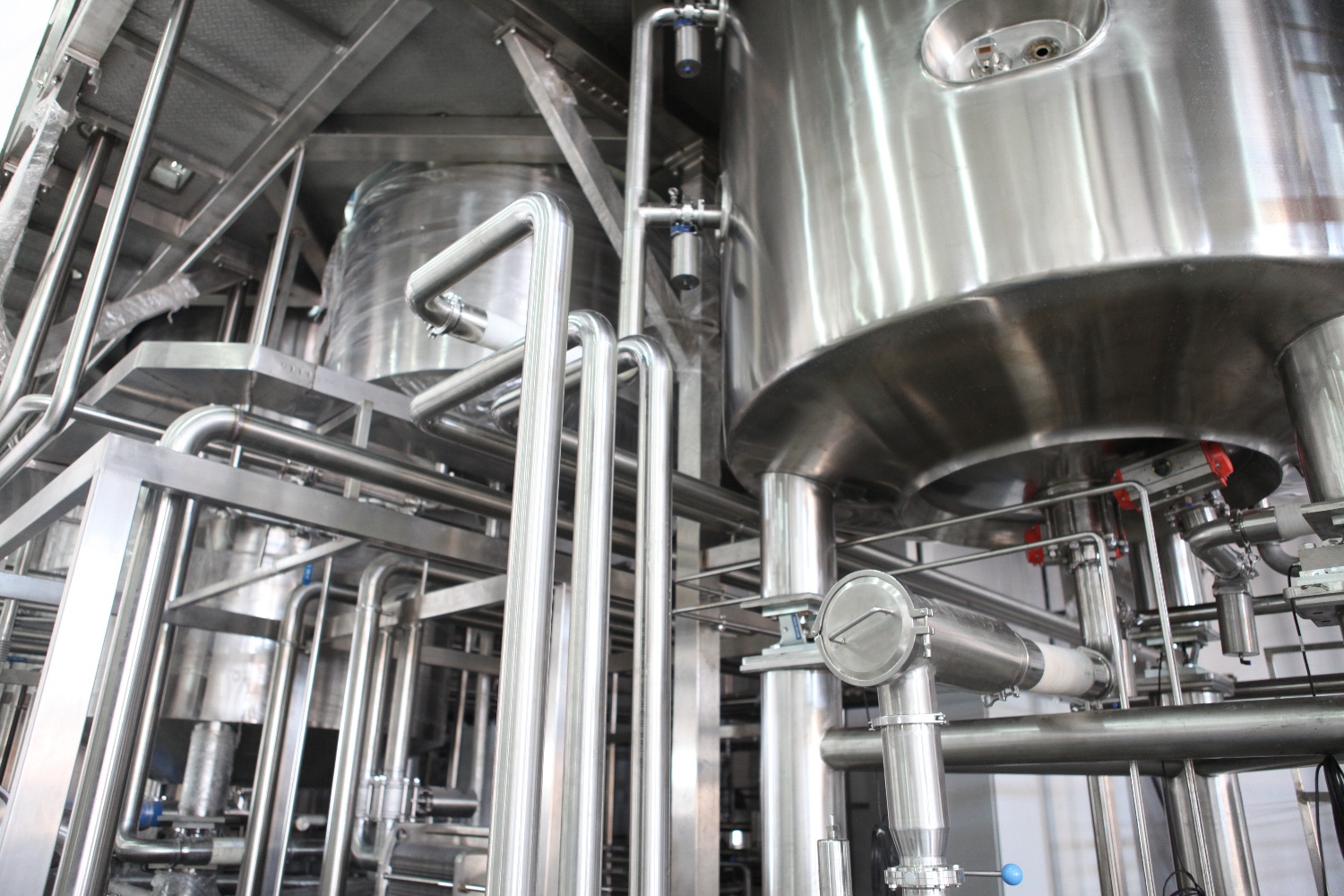How is Industrial Mixing Used in the Petroleum Industry?
Industrial mixing plays an important role in the petroleum industry. From first exploration all the way up through bringing the final product to...

The Food and Drug Administration {FDA} is both the oldest and the largest consumer protection agency of the United States federal government, dating back to 1862. The FDA supervises the manufacturing of products that collectively account for approximately 20 cents of each dollar spent in the U.S. It governs the development and mass production of most food items , drugs (medications), biological therapeutic agents, cosmetics, animal feed, and much more. Charged with the task of protecting public health, its purpose is to ensure that all of the products falling within its jurisdiction are safe and approved for consumer use. The first food manufacturing laws passed in the United States arrived with the Pure Food and Drugs act in 1906. FDA regulations are compulsory and unflinchingly rigid- consequently, manufacturers have to make adhering to these guidelines a top priority. So what are some of the FDA standards for food and how are they enforced?
First of all; it’s important to note that some FDA regulations apply to the entire industry, while others pertain only to certain sectors. There are federal, state, and local requirements distributed by the FDA. Food and/or food related products monitored by the FDA include but are not limited to- dietary supplements, bottled water, food additives, infant formulas, and most other foods. Certain dairy and meat items are also covered by the Department of Agriculture. Low-acid canned foods, infant formulas, milks, eggs, juices, and seafood are all subject to additional safety standards. Any food manufacturing facility must be registered with the FDA before it is put into operation. The FDA also requires business to provide advanced notice of any imported food shipments, and reserves the right to inspect the facility at any given time. If the FDA inspection officials discover anything that might pose a potential risk to consumer safety, they have the authority to suspend production until the issue is resolved.
In order to create a more organized and streamlined set of food processing standards, the FDA developed a list of current good manufacturing processes {CGMPs}, which is a part of the Food Safety Modernization Act {FSMA}. There were three broad and interrelated issues that led to the birth of CGMPs. The first concern was that the then current FDA regulations were too stringent and burdensome for smaller food companies without actually accomplishing much to ensure the safety of the products. Second, there was some contention that the FDA’s standards had to be reasonably related to the sanitary conditions of a facility. The final issue was that there was a misunderstanding that the FDA’s regulations didn’t have the force of law- CGMPs confirmed that this was false, and that the regulations were indeed a true law. CGMPs dictate that a food manufacturing facility must conduct routine maintenance, waste and litter control and disposal, as well as grounds maintenance and drainage. A facility must be sanitized in such a way that is effective, but without exposing the product to hazardous cleaning materials. Cleaning materials have to be stored in a secure location where they won’t contaminate the food. It is also compulsory to have measures in place for pest control. The plumbing, water, lavatories, hand/eye washing stations, and the like must be constructed up to FDA code. The food processing equipment is also covered by FDA regulations and CGMPs, which outlines the expectations for the design, construction, and maintenance of the equipment; specifically requiring an automated temperature control system or a system that alerts workers of a potentially problematic change in temperature.
The FDA establishes the laws and protocols concerning the labeling of food packaging as well. There are two primary choices of label placement- all of the information can be printed on the front {the principal display panel or PDP}, or the manufacturer can choose to put the specified information on the back of the package. The PDP must contain the name of the product as well as its net weight. It also has to list the name and address of the manufacturer. Anything that isn’t related to the FDA-required details about the food- i.e. a barcode, promotional information, etc.- cannot be printed between sections of the nutrition information. Even seemingly arbitrary details such as the font type and size are dictated by the FDA to ensure that the information is clearly legible.
Foodborne illness is a legitimate and potentially fatal problem in the U.S. and around the world today. It is estimated that around 48 million people get sick each year due to foodborne illnesses, 128,000 0f which are hospitalized, and 3,000 are killed. The FSMA and CGMPs exist to help these numbers decline. By establishing preventative controls, inspection and compliance procedures, imported food safety laws, improved responses, and stronger partnerships; the FDA is changing the way the food manufacturing industry works to ensure that each facility/product is meticulously inspected before it is deemed safe for consumption.
Sources
https://www.fda.gov/food/guidance-regulation-food-and-dietary-supplements

Industrial mixing plays an important role in the petroleum industry. From first exploration all the way up through bringing the final product to...

Before we talk about impellers, we have to get some of the nomenclature straightened out. There are impellers, propellers, blades, foils, and a host...

The type of equipment and operation you use for your process will depend heavily on the materials being used and the ways in which the ingredients...